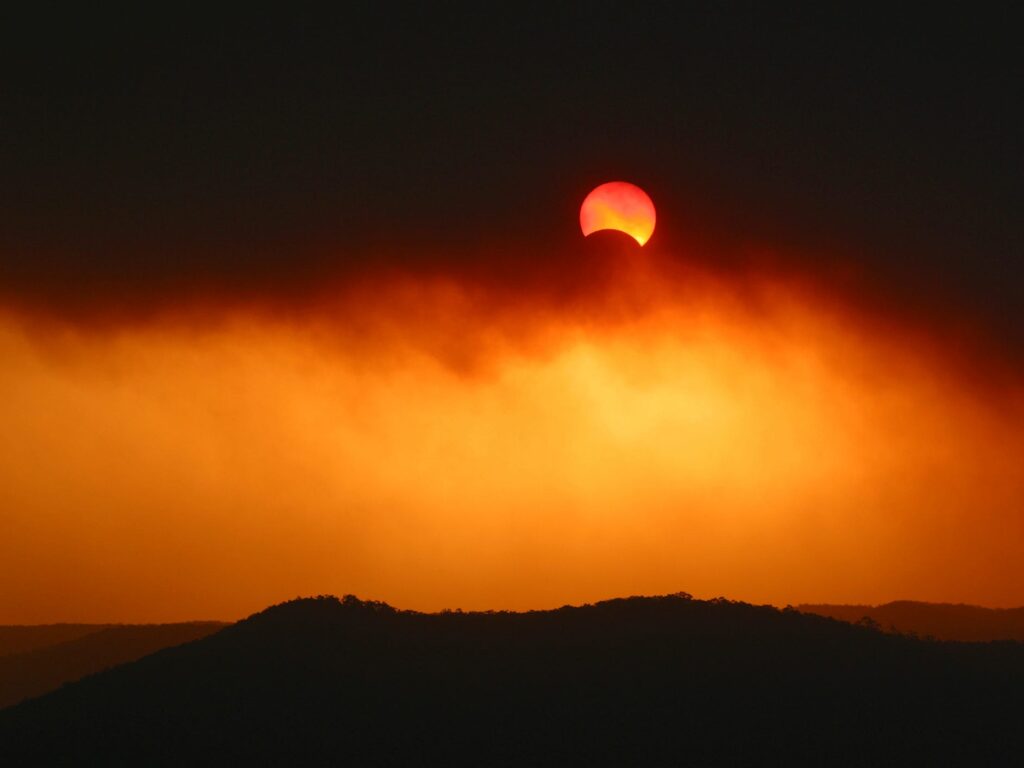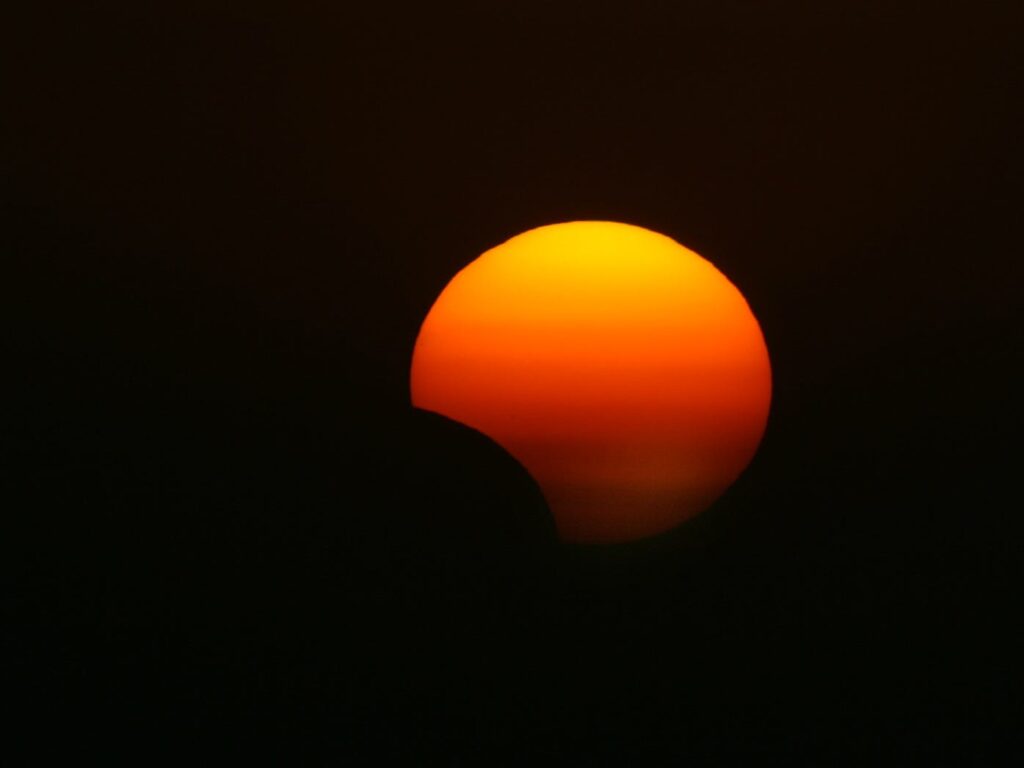- The US has had two total solar eclipses over the last seven years.
- Unfortunately, it won't experience another for two decades.
- Total solar eclipses will be viewable in the continental US in 2044 and 2045.
Parts of the United States experienced a total solar eclipse on Monday, April 8.
Unfortunately, the next opportunity to see a total solar eclipse in the US isn't for a few decades.
In the 21, two more total solar eclipses will pass over areas of the country. The first is on August 23, 2044 in Montana, North Dakota, and South Dakota. The second will again cross the country on August 12, 2045, from northern California to Florida.
A total solar eclipse occurs when the moon passes between the Earth and sun, completely blocking the latter from view. While the moon is much smaller, it's closer than the sun and appears to cover it up entirely for those in the path of totality.
Lunar eclipses happen when the Earth is between the sun and moon.
Total solar eclipses happen about every 18 months
While the continental US won't see an eclipse for two decades, plenty will take place in other parts of the world between now and then.
For example, the next total solar eclipse will pass over Greenland, Iceland, Spain, Russia, and part of Portugal on August 12, 2026, per NASA. Areas of Africa, Europe, and North America will experience it as a partial eclipse.
Other types of solar eclipses
The two other types of eclipses are partial and annular. When the moon, sun, and Earth aren't totally aligned, the moon will leave a crescent-shaped sun during a partial eclipse. This is how a total eclipse appears to those outside the path of totality.
When the moon blocks most of the sun but leaves a ring around the outside, scientists refer to the phenomenon as an annular eclipse, according to NASA. A "ring of fire" eclipse is also a common name.

A hybrid eclipse is a phenomenon when part of the world experiences a total eclipse and others witness an annular one.
In Earth's history, there have been some 3 billion solar eclipses in the US alone, though some were partial rather than total.
If you did miss the 2024 eclipse, recorded webcasts of the eclipse are worth a look, even if they don't quite compare to the live event.

